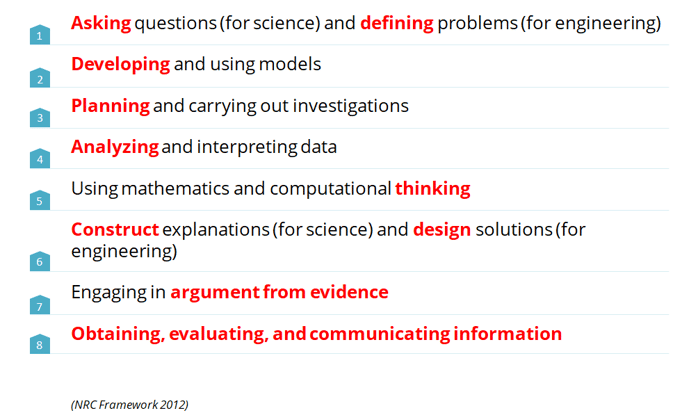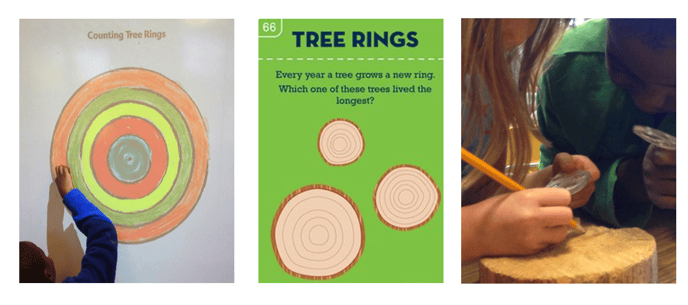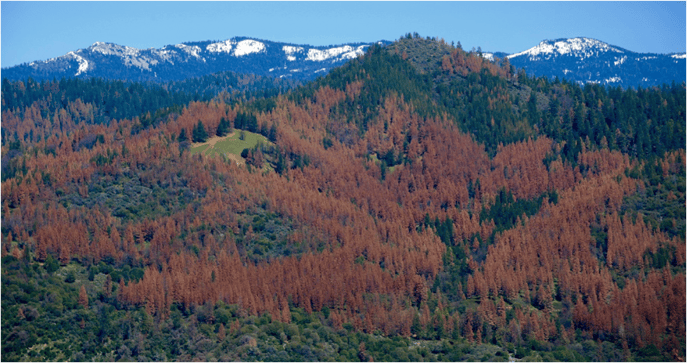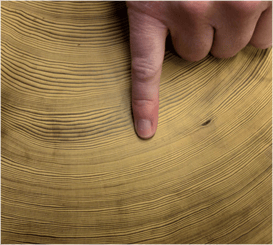Phenomena are an essential part of teaching the Next Generation Science Standards.
This is because they provide the real-world context for learning. When combined with the science and engineering practices, phenomena are a powerful way to engage students as scientists and engineers in the classroom.
Phenomena are central to a next generation-aligned instructional model because they allow students to develop and use all of the practices in a variety of contexts.
Understanding the relationship between phenomena and the practices dimension of NGSS, and how that relationship shapes classroom teaching and learning, provides a framework for understanding how to master these new Next Generation Science Standards, whether you live in an adaptive or an adoptive state.
Why the Practices Are So Important
The science and engineering practices are really the key to turning students into scientists and engineers as NGSS requires because they are the skills that students need to develop to approach problems and questions with an eye toward solutions and answers.
These practices are very specific, involving eight steps that work together to give students the ability to engage successfully with phenomena and situations that they have not encountered before.

In a next generation classroom, content is not enough anymore; it is the formation of skills, and the ability to develop and use content, that is so vital to the classroom experience today. Students need to be engaged in a context, the phenomenon, and through that, they will be challenged so they develop the necessary skills.
Isolated Tasks vs. Phenomenon-Driven Tasks
From a practical standpoint, an instructional environment that effectively uses phenomena and the practices to drive teaching and learning will not have students carrying out isolated tasks that don’t use phenomena and therefore often lack any sort of relevance for the student.
For example, a common task asks students to count a tree’s rings and calculate its age. This can be hands-on, using a real tree core sample. However, if students aren’t developing their own ideas and using critical thinking skills, the learning is superficial.

Image credits: Pinterest, Angell-Halabu Our Class Blog
Think of it from a student’s perspective. They’re asking themselves, “What’s the purpose of this task, and why should I care?” These are questions that we as teachers need to ask ourselves as well.
Without any sort of phenomena to contextualize this task, student learning is happening in isolation. They aren’t making connections to their own experiences, and they aren’t developing the eight science and engineering practices.
Isolated tasks are a holdover from traditional standards and classroom instruction that are focused exclusively on content, without any room for the development of skills.
In contrast, phenomena-based learning begins with a real-world context. For example, it might involve a forest in which a number of trees are brown, perhaps dead.

Students, coached by the teacher, can begin to have a rich discussion around that, putting ideas forward, and then beginning to pull on what they know. Perhaps they remember the requirements for life and ask, “What do plants need to live? Is it possible these trees could no longer access one or more of these requirements? What if there was a drought?”
With this context, students can begin asking themselves, "Why are these trees brown? Are they dead? If so, why are they dead? What's causing them to die? How long did they live?"
That is a very different way of approaching a task like counting rings because a student may then go from that level of questioning to say, "Well, how old are the trees? Perhaps they have reached the end of their life cycle."
Or, "Perhaps it's a cycle of drought, and we could look at the thickness of the rings."
Now a task like counting rings has purpose based on the phenomena and the discussion that students have had as a group.

By using phenomena, students have the opportunity to create a wide variety of connections that help them understand the context in multiple dimensions, and eventually meet the performance expectations of NGSS in all three dimensions.





